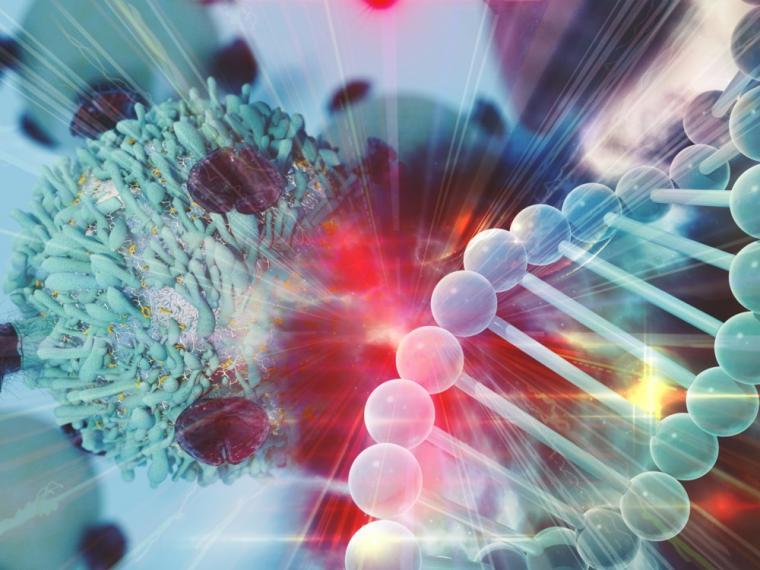Title: Bioelectromagnetic Paradigm of Cancer Treatment—Modulated Electro-Hyperthermia (mEHT)
Author: Olivér Szász
Department of Biotechnics, St. Istvan University, Budaörs, Hungary
ABSTRACT
One of the most frequently applied bioelectromagnetic effects is the deep heating of the living species with EMF energy. Despite its long history, hyperthermia is a rarely applied oncotherapy. The reason is its controversial results and complicated control. One of the solutions is concentrating the electromagnetic energy nanoscopically on the parts of the malignant cells instead of heating up the complete tumor-mass. This approach is a kind of non-uniform energy absorption, providing energy liberation only in the selected regions. The energy-absorption of the malignant cells targets the membranes and creates a situation far from thermal equilibrium. The selection of the malignant cells is based on their decided differences from their healthy counterparts. The distinguishing parameters are the electromagnetic properties of the components of the malignant tissue which are the physiologic differences between the malignant cells and their healthy counterparts. The targets realize nano-range heating, using natural nanoclusters on the cell-membrane without artificially implementing them. This energy absorption generates consequent reactions, like programmed cell-death (apoptosis) continued by immunogenic cell-death involving extended immune reactions.
The applied radiofrequency current is amplitude modulated by time-fractal modulation pattern. The accurately matched impedance realizes the self-selective mechanisms which are promoted by stochastic resonances. This complex method is a new kind of hyperthermia, named mEHT. Our objective is to analyze the problems of the selective, non-equilibrium energy absorption, and present a solution by the electromagnetic mechanisms for an effective and controllable hyperthermia in oncology.






